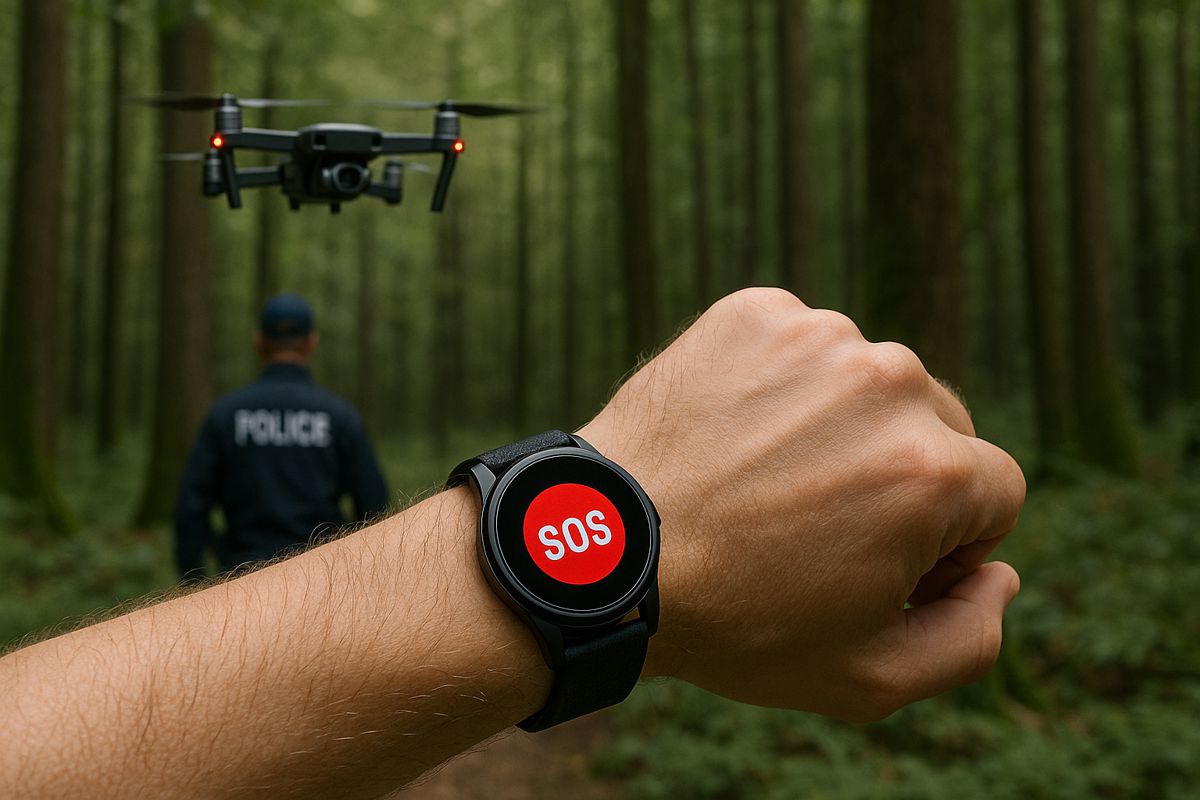UK DoT promotes sustainable travel and cycling
Through its Cycling and Walking Investment Strategy, the Department for Transport has pledged to double the number of bicycle journey stages from 0.8 billion in 2013 to.1.6 billion in 2025. By focusing on improving safety for cyclists, the strategy will unlock the huge health, environmental and economic benefits associated with cycling.
The benefits
According to the Government’s Road to Zero report, transport is now the largest sector for UK greenhouse case emissions (27 percent) of which road transport accounts for more than 90 percent. Road transport is one of the biggest contributors to poor environmental air quality in some of the UK’s towns and cities, impacting on residents’ health through conditions such as asthma. By encouraging more people to cycle – particularly short distances – this would reduce the number of vehicles emitting CO2 as well as congestion. For example, in London more than half of all car journeys are less than five miles (according to London Cycling Campaign).
From a health perspective, it is no secret that cycling brings about cardiovascular, stamina and mental health benefits, amongst others. A recent report by National Institute for Health and Care Excellence (NICE) estimated that physical inactivity is responsible for one in six deaths each year, costing the NHS and UK £900 million and £7.4 billion respectively. It is for this reason that NICE has been vocal in prioritising cycle routes when building or upgrading roads.
Aside from the obvious advantage to the industry itself, cycling brings about major economic benefits. According to Cycling UK, the country’s Cycle to Work scheme generates at least £72 million in economic benefits in terms of health. Elsewhere, occasional, regular and frequent cyclists contributed a ‘gross cycling product’ of £3 billion to the British economy in 2010. If, by 2025, 10 percent of all journeys were undertaken on bicycles, rising to 25 percent by 2050, this would yield annual benefits worth £42 billion.
The obstacles
So, with benefits spanning the health, economic and environmental sectors, why are more people not choosing to cycle?
The latest safety review of the Government’s (CWIS) brought about interesting findings from more than 14,000 people who explained the reasons why they do – or don’t – walk or cycle regularly. Published in October last year, the latest safety review has provided some of the most recent information and guidance as to what would encourage more people to swap four wheels for two.
The most common suggestion raised as part of the feedback was a call for more fully segregated cycle facilities, physically separated from both motor vehicles and pedestrians. Respondents wanted allocated routes that were of a safe width and provided a continuous route between key destinations, particularly in urban areas. They also wanted designated cycle paths that did not require the need to jostle with pedestrians or motorists for space.
Unsurprisingly, the second most common response from individuals and third most common from organisations focused on the need for road and cycle facility surfaces to be better maintained and potholes fixed. People wanted a safe and smooth surface to travel upon without the need to navigate uneven hazards.
Respondents also called for active travel modes such as cycling to be given priority over motor vehicles in both the physical design and the phasing of lights and crossings. In particular, junctions were highlighted as a key area in need of improvement and where prioritisation could help to improve safety.
The solution
The main points of concern raised through the CWIS safety review should come as no surprise. Cyclists want a safe, designated and smooth pathway which removes the hazards associated with poor surfaces, spontaneous routes and a network which fails to acknowledge the presence of bicycles.
Clearview has contributed to award-winning schemes, which have helped to prioritise the welfare of cyclists. In October, Transport for Greater Manchester & Manchester City Council, Wilmslow Road and Oxford Road Cycleway was named the winner of the Excellence in Cycling and Walking category at the National Transport Awards. Clearview contributed to the scheme—which is listed as a case study in the CWIS—by providing SolarLite Active Road Studs to highlight the Oxford Road cycle path, which had been re-routed around bus lanes to avoid the risk caused by buses pulling into bus stops while cyclists are undertaking.
A similar scheme is currently underway in Cambridge, where our SolarLite studs are being installed across the city’s cycle lanes to provide clear delineation for cyclists in all weather conditions.
The studs help to address the call for a segregated and safe cycle path. But they also help to address the need for a smooth surface with minimal maintenance. With an operational lifespan of up to ten years, the studs rarely need replacing. As they have a surface profile of just four millimetres, they are far less protruding than traditional retro reflective studs.
Another of the key issues related to the prioritisation of active travel over motor travel. Clearview’s M100BR Bicycle Radar can be installed at junctions to wirelessly detect the presence of bicycles, which are not recognised by traditional inductive loops. The detection of bicycles can then be configured with traffic signals to provide a green light sequence just for cyclists and/ or allow for a longer sequence to give cyclists time to cross the junction safely. This eliminates the risk of cyclists jumping red lights or competing against vehicles to cross the junction in time.
Paving the way for cycles
As the focus on sustainable travel increases, so must the opportunities to do so. New roads must be built to safely incorporate all forms of transport, including pedal power. When undertaking upgrades, cycling provision must be considered. And opportunities to address the concerns raised through the CWIS safety review must be actioned.
The Government has committed more than £300 million in dedicated cycling and walking programmes, including investment in schoolchildren’s cycling proficiency; Cycle City Ambition schemes and Road Safety Funds. All of this demonstrates not only an investment in cycling, but in the cyclists themselves.
The results of the CWIS safety review demonstrate a desire for cycling—we just need the infrastructure in place to accommodate it. With so many benefits for individuals and employers as well as the health industry and economy, can road operators and developers really afford not to invest?




















